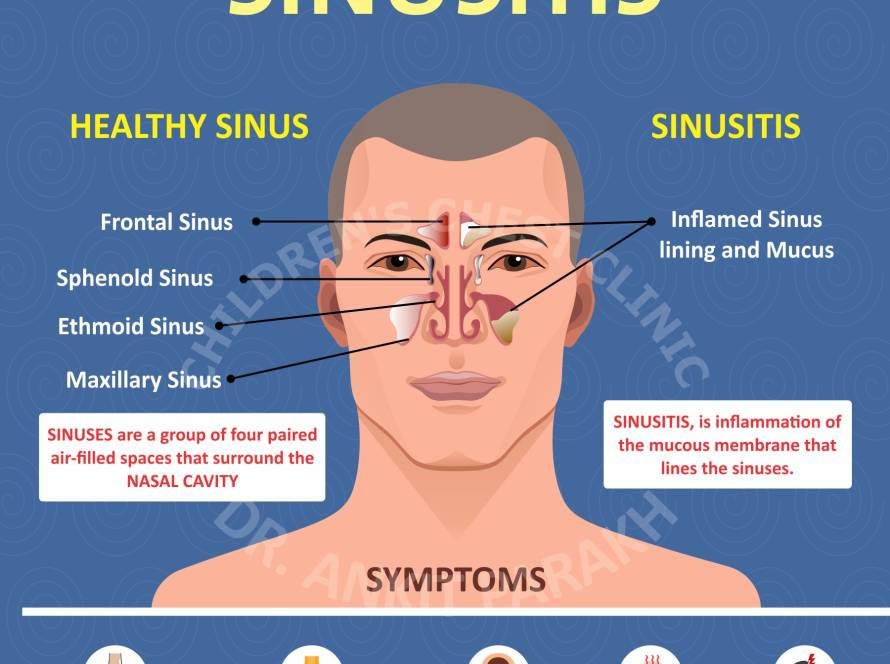Flexible laryngoscopy is a quick and effective way for the pediatric pulmonologist to get a look at the baby’s or child’s airway from the nose, nasal passages, nasopharynx (back of the nose), oropharynx (back of the mouth the throat and the voice box (also called as larynx).
What is a flexible laryngoscope?
A laryngoscope is a thin flexible piece of equipment with a camera attached at the tip. It allows for detailed evaluation of the nose, throat and the voice box. High quality images and video can be seen on the monitor and can also be recorded.
How is a flexible laryngoscopy performed?
The baby or the child is given a local anaesthetic spray in the nose and in the mouth to cause a numbing effect. Thereafter, a flexible laryngoscope is introduced through the nostril. First, the nose is inspected including the nasal turbinates and the opening of the sinuses. This is followed by a detailed valuation of the nasopharynx for any enlargement of the adenoids. The laryngoscope is then introduced towards the voice box or the larynx. The supraglottic structures such as epiglottis and arytenoid cartilages are examined in detail. The vocal cords are also assessed for their appearance and movement.
When is a flexible laryngoscopy required in children?
A flexible laryngoscopy is required in children who present with noisy breathing. The cause of noisy breathing might be in the nose or in the back of the throat leading to a stertor or a snore. Common causes leading to stertor or snore are large nasal turbinates because of allergic rhinitis or sinusitis and enlarged adenoids. In some children the cause of noisy breathing is in the voice box or the larynx and produces a sound known as Stridor. Common conditions leading to stridor in children are laryngomalacia, subglottic stenosis, vocal cord paralysis, vallecular cyst and subglottic hemangiomas.
A flexible laryngoscopy is also a very useful investigation required in children having obstructive sleep apnea. A flexible laryngoscopy allows a complete evaluation of the upper airway and helps to understand the cause of sleep apnea. This is especially useful in children having complex problems.
Flexible laryngoscopy is also useful in children having problems with swallowing or having a dis-coordinated swallow leading to chronic aspiration. A small amount of dye is added to food and given to the child. During the flexible laryngoscope procedure, a real time evaluation of the swallow can be done. This procedure is called functional endoscopic evaluation of swallow or FEES.
A flexible laryngoscopy is also a very useful investigation in children presenting with hoarseness of voice. These children sometimes have vocal cord nodules or laryngopharyngeal reflux (LPR or GERD).
Flexible laryngoscopy allows a detailed examination of these areas and allows for proper diagnosis.
Does flexible laryngoscopy require sedation or anaesthesia?
A flexible laryngoscopy is not a painful procedure. It does not require much sedation or anaesthesia. Children are usually given an anaesthetic spray in the nose and in the throat to have a numbing effect. Some kids might require a minimal amount of sedation as they might be very uncooperative.
What are the complications of a flexible laryngoscopy in children?
Flexible laryngoscopy is a very safe procedure without any complications.







